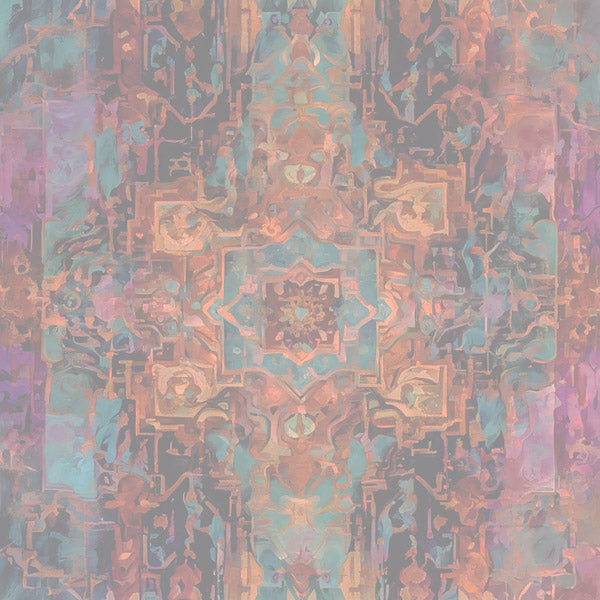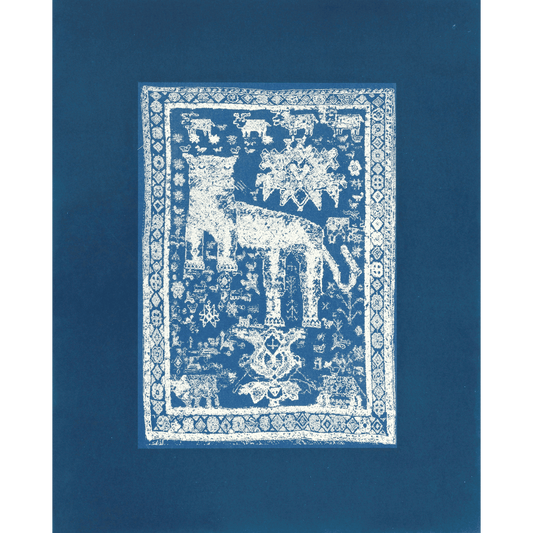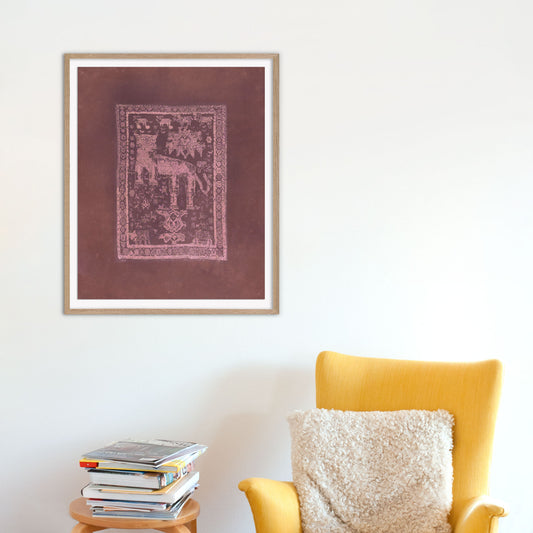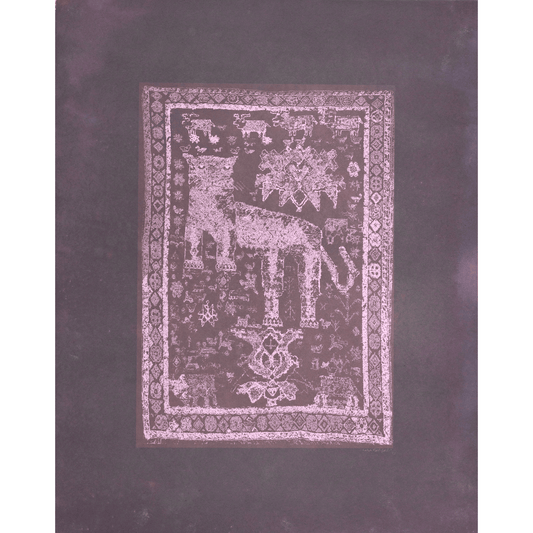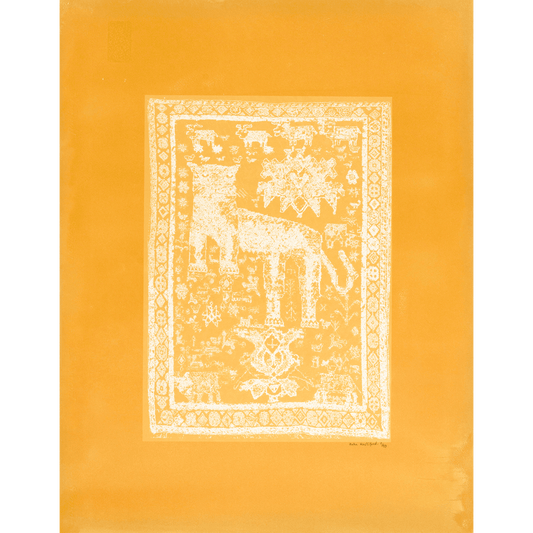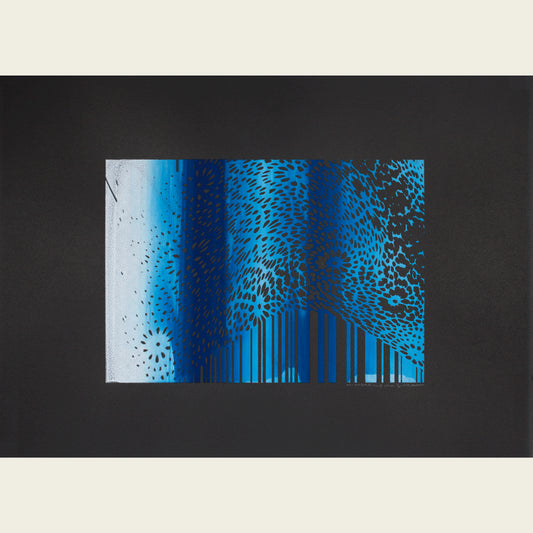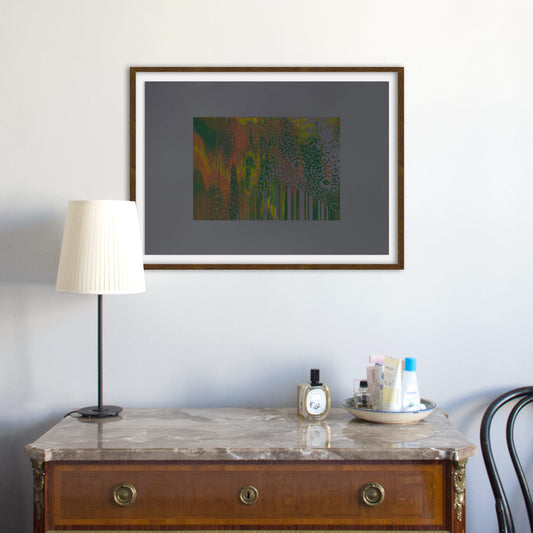We are happy to present six new works of art by Raha Rastifard, all in the series Pardis. The word "pardis" is a Persian term that translates to "paradise" in English. It is commonly used in reference to Persian gardens, which are known for their beauty and tranquility. Persian gardens are typically designed to create a sense of harmony between nature and architecture, with features such as water channels, lush greenery, and colorful flowers. Persian gardens are considered symbolic of paradise on earth.

The term "Pardis" is intertwined with the rich history of Persian gardens, reflecting the Persian appreciation for nature, beauty, and harmony.
In the new works, the Persian garden and the idea of paradise are expressed in carpet-like patterns. The Persian carpet is an important carrier of Persian cultural history, which has spread Iranian culture globally. The patterns of the carpets often reproduce the layout of gardens from a bird's eye view and even in the very earliest Persian carpets the theme of paradise is represented. In this way, the carpets, the gardens and the idea of paradise are very closely connected.
Raha Rastifard is an artist of Persian origin, but currently active in Sweden. She thus stands with one leg in Persian and one leg in Western culture.
– As part of my artistic philosophy, I believe next to the modern and new artistic creations, we artists are responsible for reviving and evolving what we inherited from previous centuries and civilizations somehow—especially those still in use and relevant to our time.

– With that in mind, in this project I tried to get close to the rich elements of the Persian garden and revive and evolve it somehow.
The prints are digital collages transferred to paper using high-quality printers, printing on acid-free paper with age-resistant pigments, so-called pigment prints.

